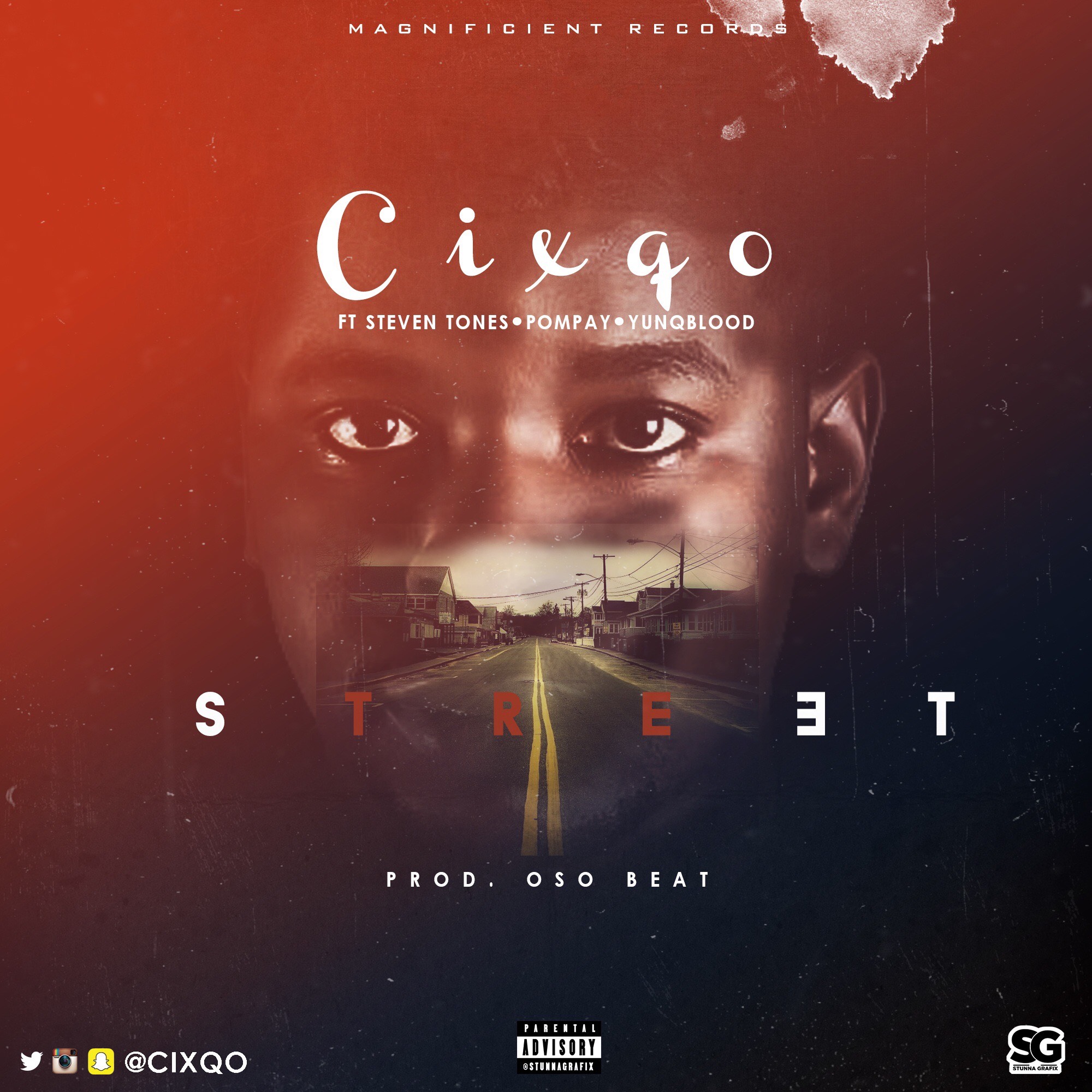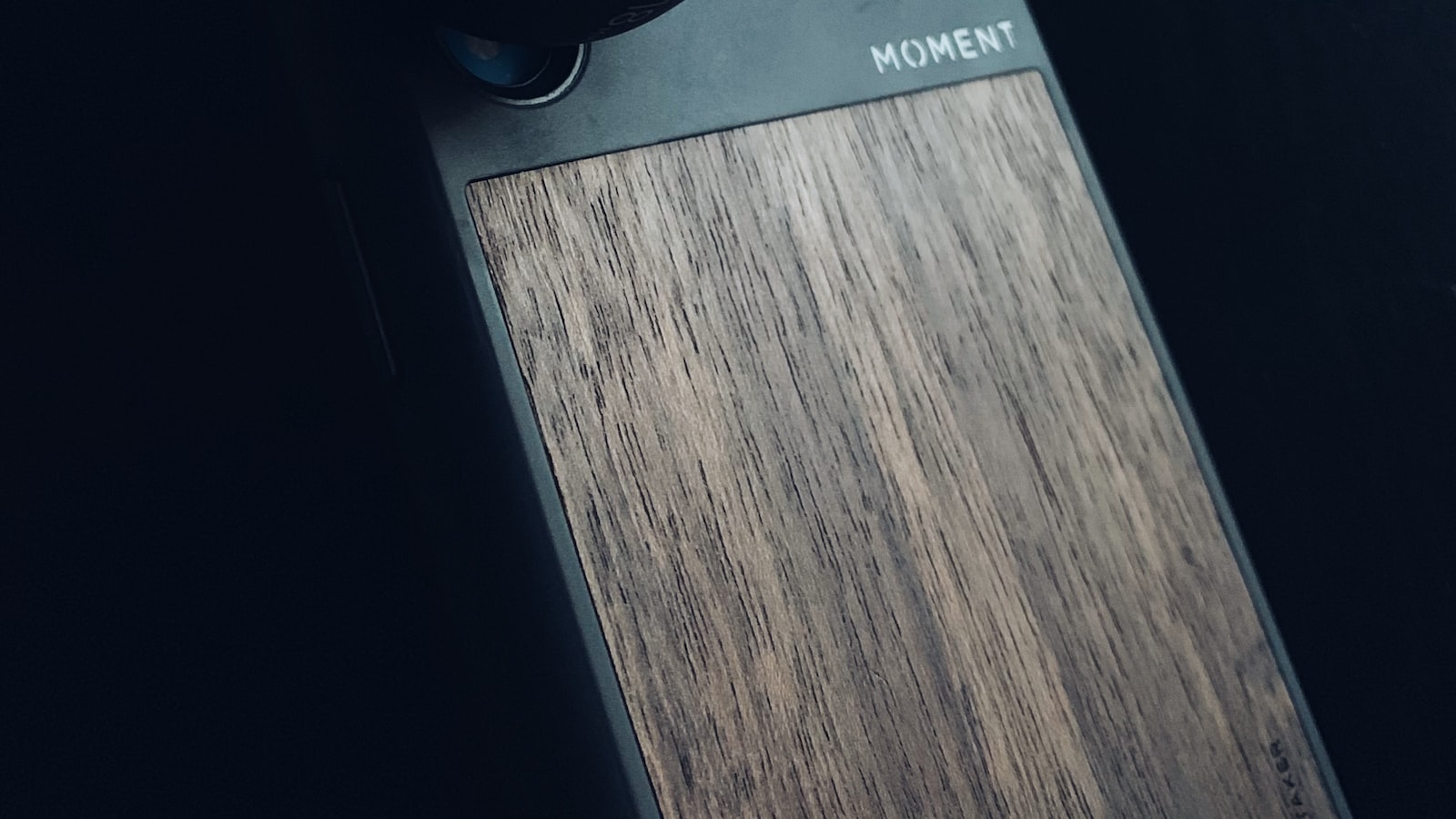Streaming has quickly become the preferred way of music consumption, both for listeners and artists alike. And for those artists whose works come in the form of cover songs, streaming can present a unique set of challenges. As is often the case with art, there is no one-size-fits-all solution when it comes to the business aspect. Navigating the complexities of cover song licensing in the streaming ecosystem can be an arduous task, but understanding and adhering to the rules of licensing is essential to the success of any artist – especially for those covering someone else’s material. In this article, we’ll explore the art and science of cover song licensing in the streaming era – from the basics of copyright law to the intricate details of digital deals.
1. Understanding the Basic Principles of Cover Song Licensing
When you decide to record a cover song, it’s important to understand the basic principles of cover song licensing. It’s the key to making sure that your project complies with all applicable copyright laws. Here are some fundamental elements of cover song licensing that you should know:
- Mechanical Licensing: A mechanical license is required when you release a recording of a song written by another artist. This license gives you permission to reproduce and distribute copies of the composition in audio recordings.
- Synchronization Licenses: This license applies when a song is used as part of a visual media such as a movie, television show, commercial, or video game. It gives you permission to synchronize a master recording of a song with visual footage.
- Performances Rights: This license grants you permission to publicly perform a cover song. It’s important to note that permission from the copyright holder must be acquired if you plan to perform a cover song outside of personal settings.
- Publicity Rights: This right protects the identifiable likeness of the performing artist. Accordingly, you’ll need permission from the artist or copyright holder in order to use their likeness in promotional material.
It’s essential that you obtain the proper cover song licenses before releasing your recording. Without them, you could be subject to legal action. That’s why it’s important to familiarize yourself with the relevant laws and regulations and ensure that your project is compliant.
2. Exploring the Benefits of Cover Song Licensing in Streaming
When introducing new music to your library, it can be a difficult process to identify the right artist in order to avoid any copyright issues. Cover song licensing is the key to making sure you always have access to the most popular music without any legal problems. A cover song license not only simplifies the process of streaming media, but also provides cost-effective solutions for everyone involved.
Cover song licensing unlocks a variety of benefits depending on the type of license you get. Unlicensed covers help you to avoid hefty royalties, while also allowing you to add unknown composers to your library. If you’re looking for an even more comprehensive catalog of music, a sync license will provide you with access to thousands of pieces of music. The growth in popularity of streaming music means that sync licenses are becoming increasingly important, and are now being used to protect artists and labels from copyright infringement.
- Cost-effective: Licensing is much more cost-effective ways of obtaining popular music for streaming.
- Flexibility: Licenses give you flexibility in how their works may be used.
- Adaptability: A single license source can be adapted to many different types of uses.
- Secure: With a license, the copyright of your choice is completely secure.

3. Navigating the Complexities of Obtaining Cover Song Licenses
Obtaining licenses for cover songs can be an intimidating task; there are copyright laws, restrictions, and fees lurking around every corner. However, with a bit of guidance, it is possible to navigate the complexities and gain the rights necessary to ensure a cover song is legally available.
Here are some helpful tips to make the licensing process go smoothly:
- Research - Do some research on the song selection and author in order to determine which agency to contact.
- Read the Terms – Be sure to read and understand the terms of the license before agreeing to them.
- Follow Directions – Follow any and all directions from the publishing agency carefully and precisely.
- Keep Records – When the licensing process is complete, make sure to keep a copy of the license agreement on file for future reference.
Ultimately, following these guidelines and taking the necessary steps to file paperwork can help navigate the licensing process. Staying organized and finding the resources that provide the most appropriate support are also essential in managing the complexities of obtaining a cover song license.
4. Securing Sustainable Strategies for Cover Song Licensing in Streaming
Cover songs form a significant part of many streaming services‘ catalogue. With the ever-expanding reach of the internet and the sheer range of music available, the legality of streaming cover songs is becoming increasingly complicated. To ensure the sustainability of streaming platforms, it is key to ensure secure strategies for covering song licensing.
For starters, it is important to recognise the differences between streams offered in different countries. In certain nations, cover songs are exclusively governed by a collective management organisation (CMO), like the American company BMI, who license the rights to play cover songs. On the other hand, in other countries, cover songs are licenced by a range of record labels, publishers and CMOs. It is also important to be aware of the legal and rights specificities of cover songs for each platform – for example, YouTube requires composition rights and the master recording rights to be licenced.
- Know the rights specifics of each streaming platform.
- Be aware of the legalities of cover songs in each country.
- Look into collective management organisations like BMI for guidance.
- Ensure rights holders for both composition and master recording rights.
Through understanding these legal complexities and strategising on suitable cover song licensing, streaming services can ensure their longevity. A strategic collaboration with CMOs and record labels with a sound understanding of rights and services will ensure fans can continue enjoying the immense range of music available online.
In Retrospect
When it comes to the art and science of cover song licensing in streaming, understanding the process and being aware of the ins and outs is key. Now in possession of the essential cover song licensing knowledge, you’ll be set to leverage it to maximize the reach and impact of your streamed covers. Until next time!

